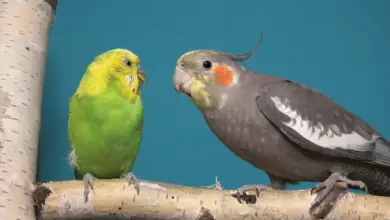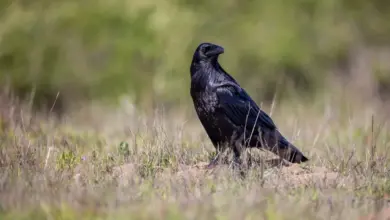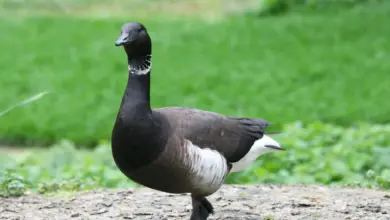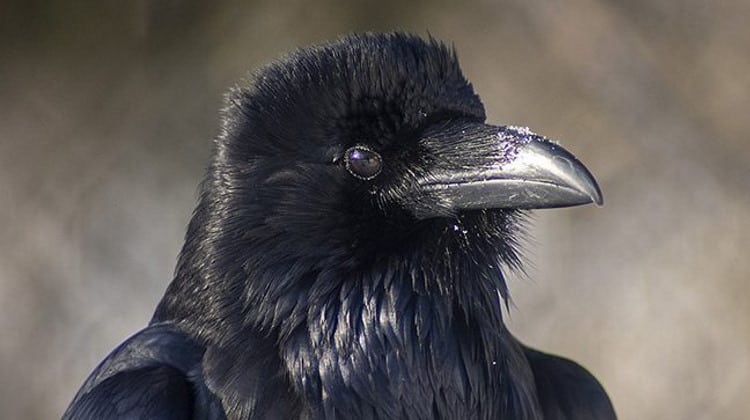The Little Nightjars (Caprimulgus parvulus) are South American nightjars with a very large range. They are sometimes referred to as goatsuckers, as they were often seen in fields together with goats and sheep, and the myth was born that they were there to suck milk from the teats of goats (the Latin word for goat-sucker or goat-milker is Caprimulgus).
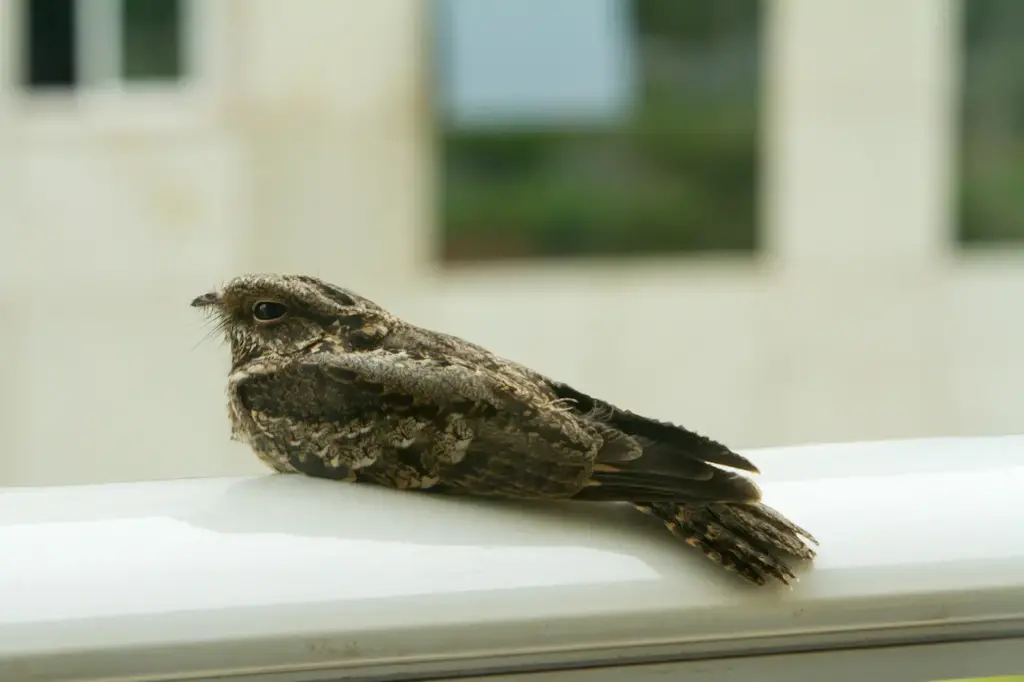
However, instead, they fed on the insects that were attracted to livestock. In the past, night-flying birds – such as the nightjars – were suspected of witchery.
They were previously considered to be a subspecies of the Todd’s Nightjar (Caprimulgus heterurus) from northern South America (Northern Colombia and northwestern and central eastern Venezuela).
However, these two species have been separated based on physical and vocal differences (SACC, 2006). Some authorities still consider them conspecific (the same species).
The nightjar, as suggested by the name, is strictly nocturnal. Throughout the day, it typically rests quietly in densely vegetated hiding places. At night, they become active as they hunt flying insects in more open landscapes, such as forest clearings, wetlands, and along rivers.
Nightjars have a cryptic appearance that allows them to blend perfectly into their habitat. They are very difficult to spot during the daytime when they are usually hidden away while sleeping.
They are most easily detected at night when light from car headlights is reflected red from their eyes, as they are sitting on tracks or roads. However, their presence is most often made known by their loud calls given at dusk.
Distribution / Habitat
The Little Nightjars occur in eastern, central, and southern Brazil, eastern Peru, eastern and northern Bolivia, Paraguay, Uruguay, and northern Argentina – where it is fairly common in most of its range.
They inhabit woodland, open forests, other semi-open habitats, as well as some human-modified habitats.
Alternate (Global) Names
Czech: Lelek malý … Chinese: ??? … Danish: Lille Natravn … Estonian: väike-öösorr … Finnish: Pikkukehrääjä … French: Engoulevent des bois … German: Zwergnachtschwalbe … Guarani: Kuchu’i guy guy … Italian: Succiacapre piccolo … Japanese: koyotaka … Dutch: Kleine Nachtzwaluw … Norwegian: Smånattravn … Polish: lelek szarawy … Portuguese: Bacurau-chinta, bacurau-chintã, bacurau-claro, bacurau-pequeno … Russian: ????? ??????? … Slovak: lelek hájový … Spanish: Atajacaminos, Atajacaminos chico, Chotacabra Común, Chotacabras chico, Dormilón Chico, Dormiloncito … Swedish: Dvärgnattskärra
Description
As suggested by its name, the Little Nightjar is a small nightjar that is not much larger than a sparrow. It averages 7.5 – 8.3 inches (19 – 21 cm) in length – including its tail.
The plumage is mostly greyish brown with irregular patches and streaks, with whitish and distinctive pale spots on the wing feathers and pale throat.
Calls / Vocalizations
The Little Nightjar’s calls are a “warbled ‘dop,dro-dro-dro-dro-dro‘”. The song of the related Todd’s Nightjar is described as an “evenly pitched ‘pik,gobble-gobble-gobble-gobble-gobble‘.”

Nesting / Breeding
The male establishes his territory and sings at night to keep rivals away and at the same time to attract a female.
Nightjars don’t construct a nest, as most other bird species do. They simply place the eggs on the ground on open soil covered with dead leaves.
Nesting appears to be timed in such a way that the moon is more than half full at the time they are feeding their young – likely as the additional light during the night facilitates caring for the young and foraging for food.
The female may lay one to two eggs (mostly two) that are buffish or creamy-brown with finely spotted and scrawled grey, black, and brown.
During the day, the incubation of the eggs is undertaken by the female, while both parents share the incubation at night. The incubation period is about 19 to 21 days at which point the hatchlings emerge covered in down. They can make short-distance movements within 24 hours of hatching.
The male usually stands guard and defends the nest and the young. He will hover in place near the nest with his body in a nearly vertical position. Both parents communicate with their young via soft clucking sounds to which the chicks respond. The chicks are fed regurgitated food (insects).
The adults continue to brood on them until they fledge. The young take their first flight when they are about 20 to 21 days old.
If conditions are favourable, the female may lay a second clutch close to the first and while she is incubating the new set of eggs, the male continues to care for the young from the first brood.
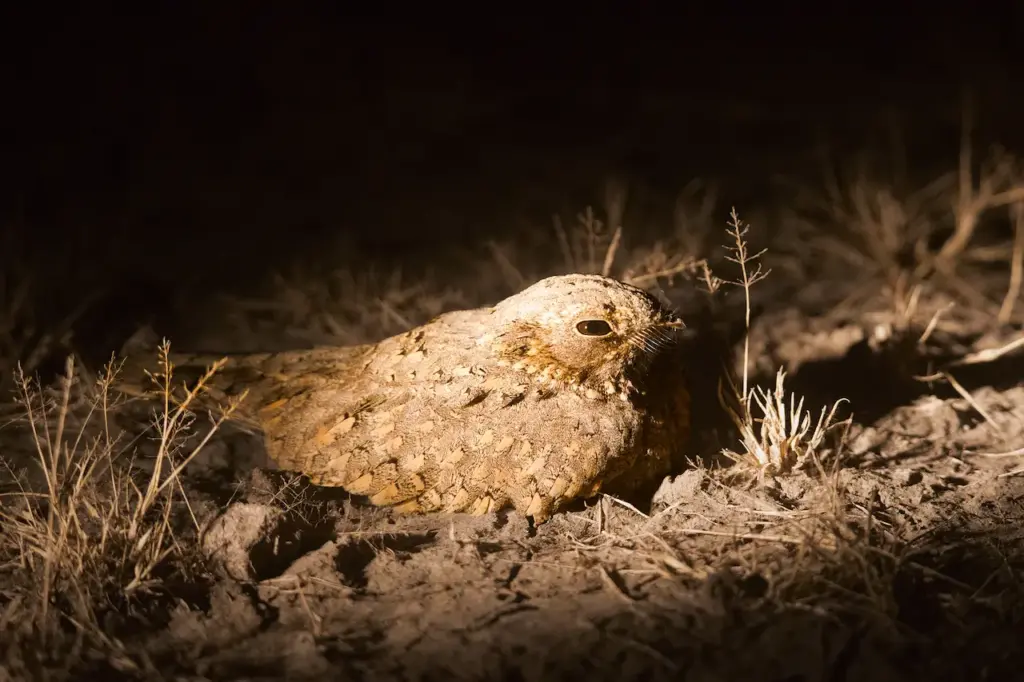
They have developed several behavioural adaptations to minimize predation:
- Their nocturnal (night) lifestyle reduces the likelihood of being detected by daytime predators. During the daytime, they typically sleep on the ground where they are perfectly camouflaged by their “earthy” coloured plumage. They almost always change their roost sites daily.
- When nesting, they sit quietly on the eggs, minimizing any movements that could get them detected.
- If an intruder does get close to the nest, the parents may try to lead them away by first flushing off the nest and when landing feigning injury as they lead the potential thread away from the nest. While the parent performs this distraction display, the young may scatter and freeze.
- The parent who is not incubating the eggs or brooding the young will roost away from the nesting area.
- They may also move the eggs or young to prevent them from being preyed upon.
- Nightjars avoid voicing when they hear the calls made by predatory nocturnal animals, such as owls.


